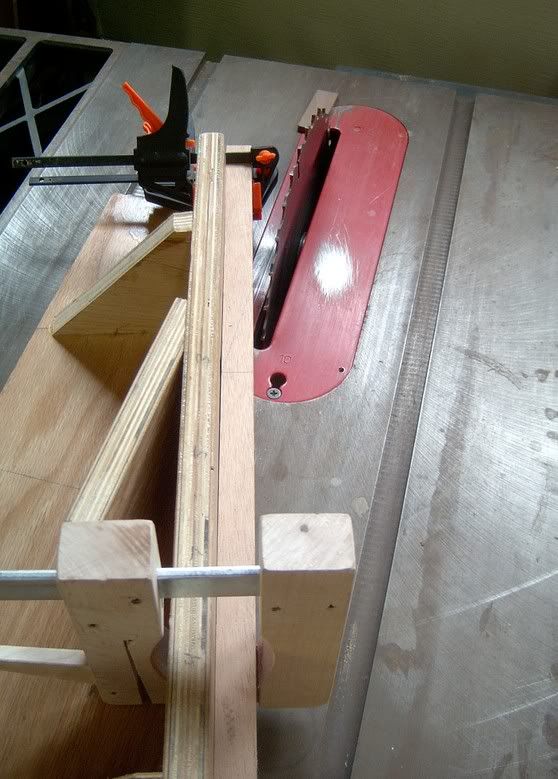It really isn't that bad cutting it by hand with a Ryoba saw or something and a well tuned hand plane (both of which you'll want to own anyway). Practice on scrap for sure, though, and leave plenty extra on the headstock end. Draw a line on the face of the neck blank so you can make sure you're cutting straight, and use a piece of ply or something as a guide block to set the angle of the scarf joint when you're starting the cut.






